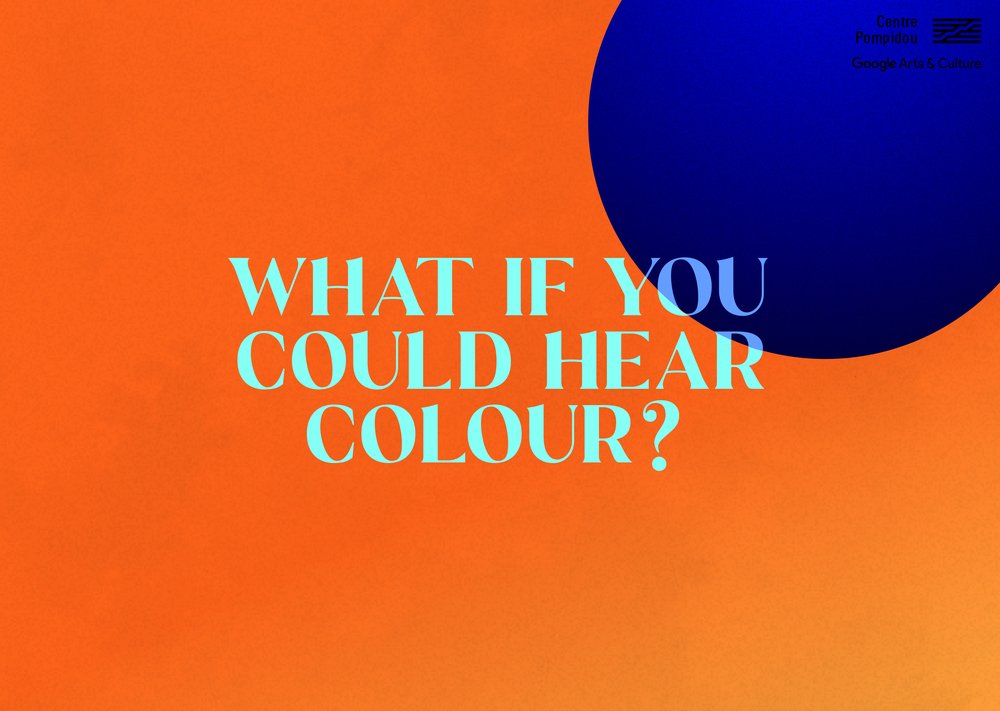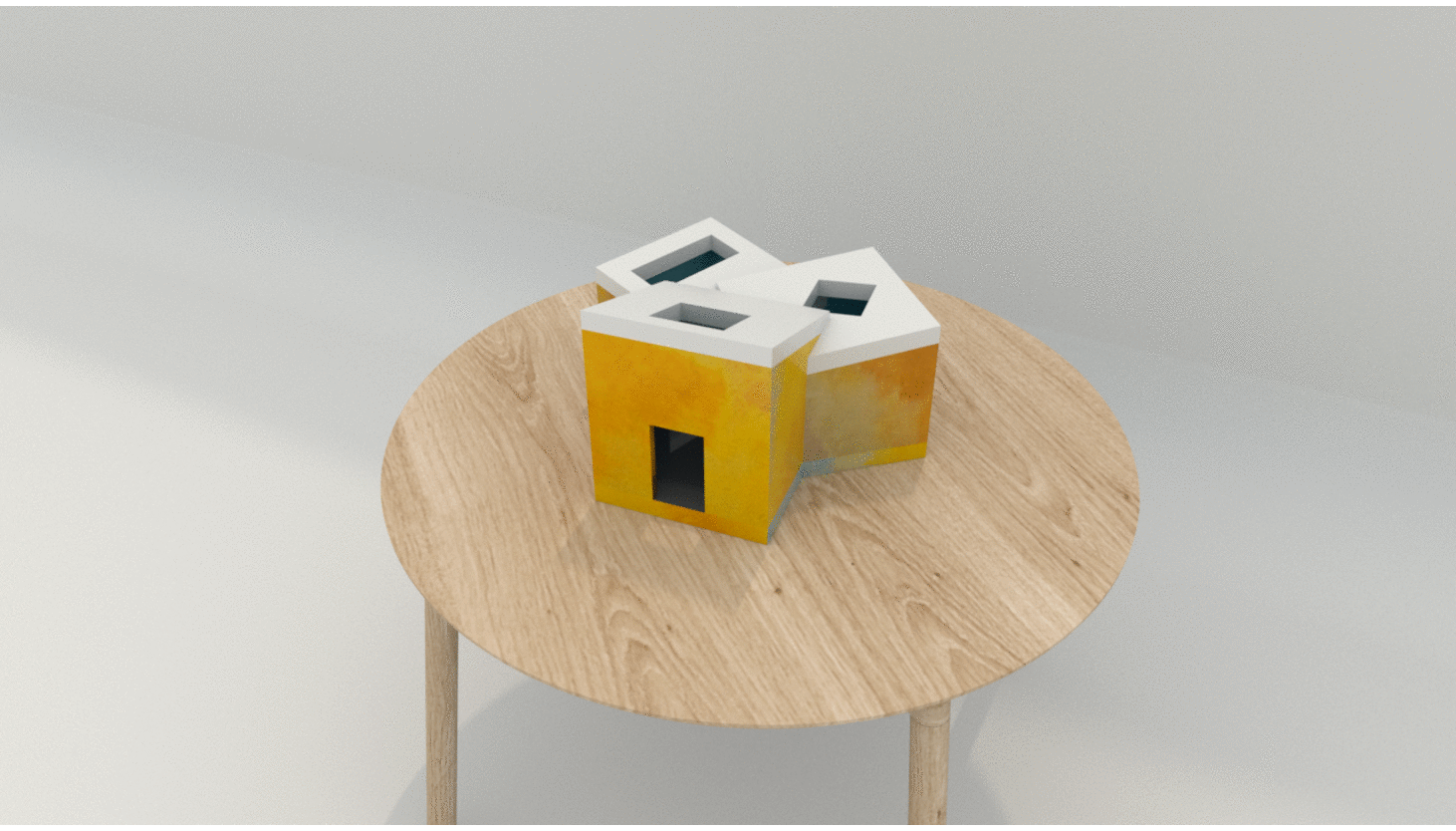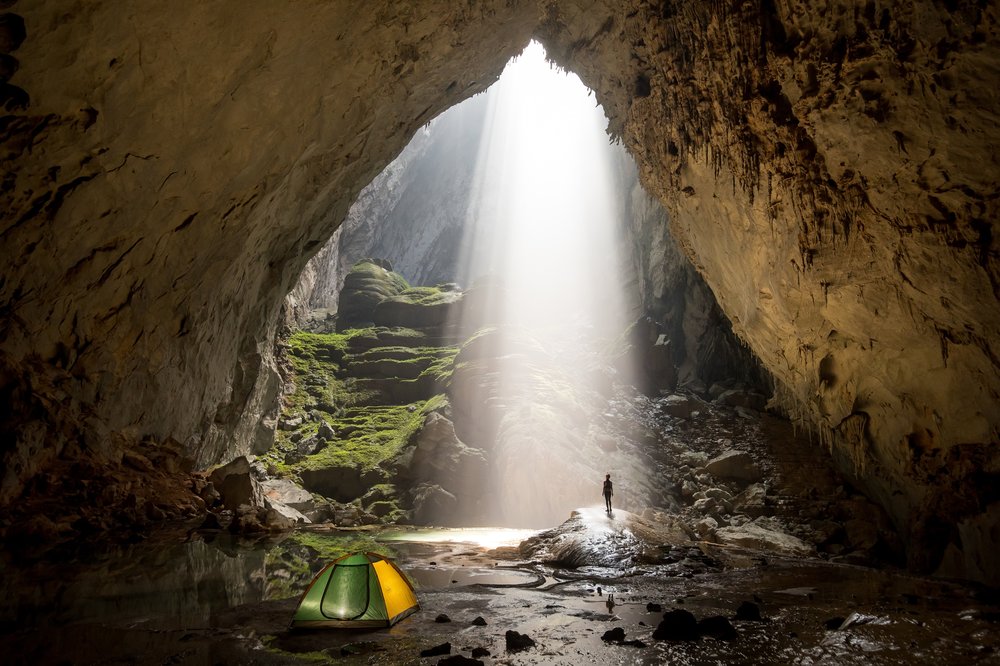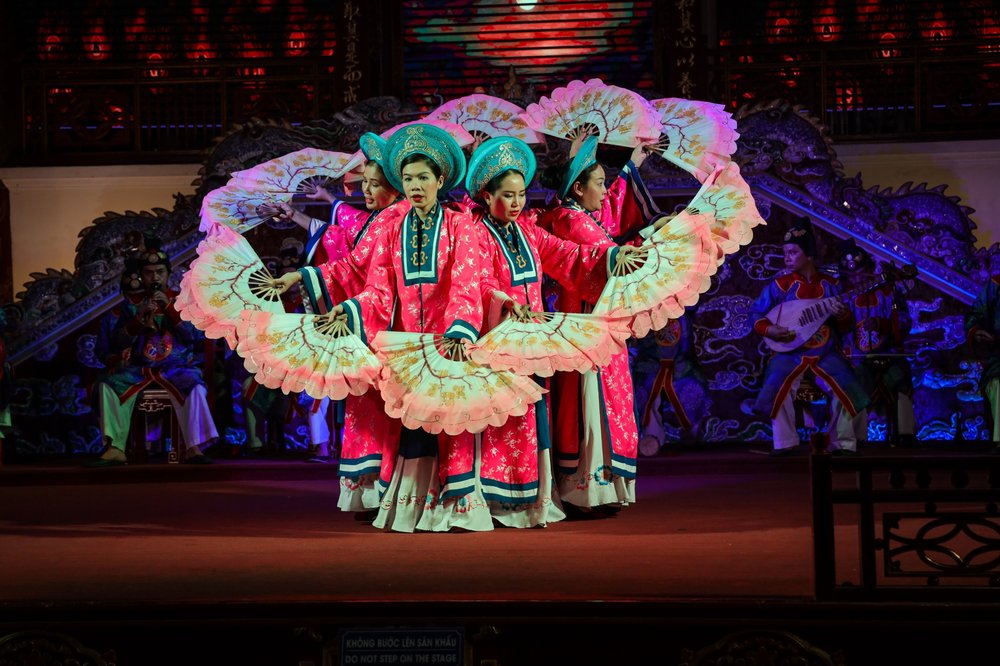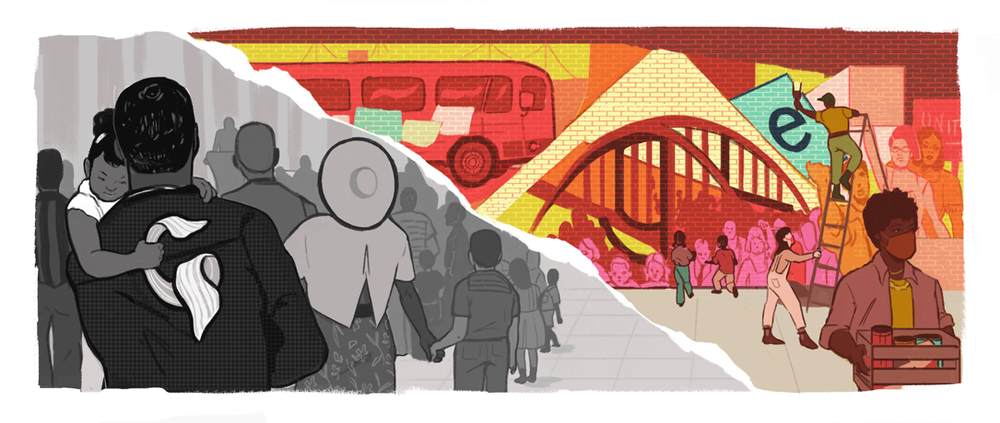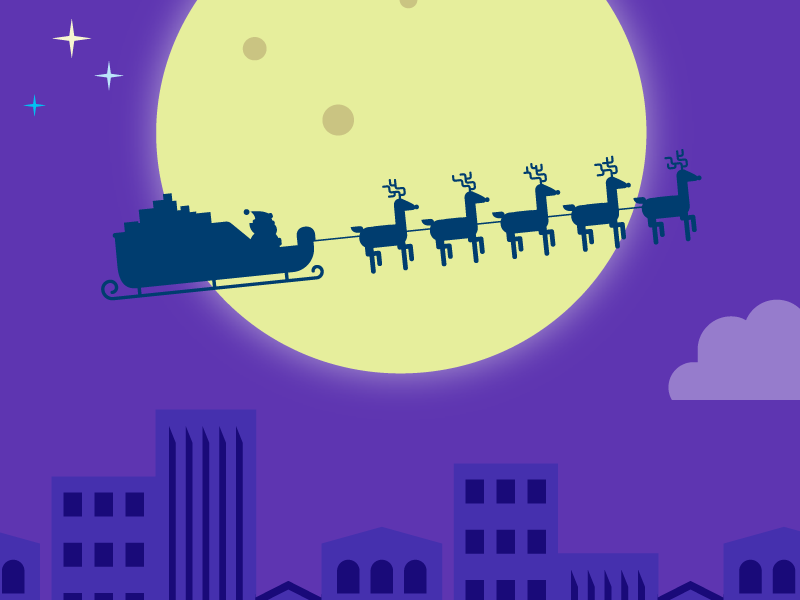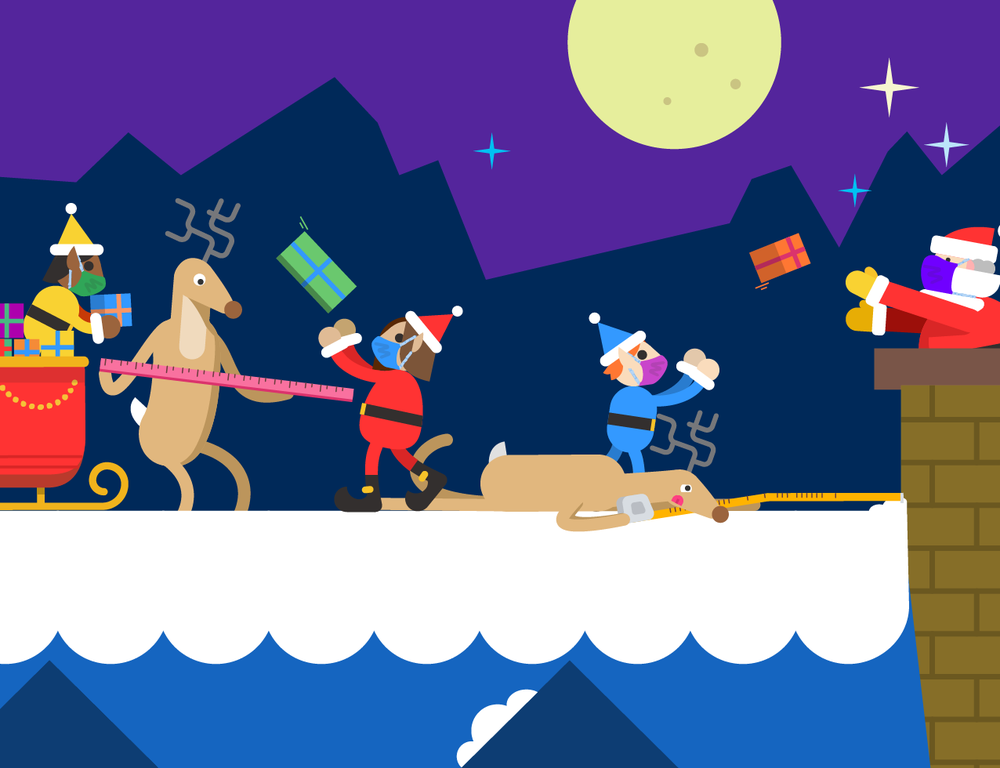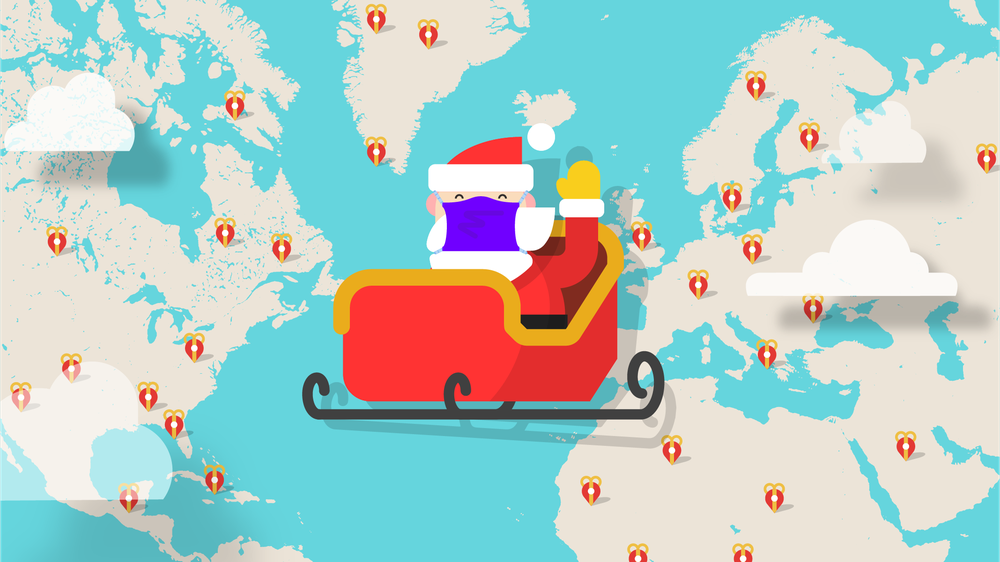Time flies when working on something you are passionate about. On this day 10 years ago, our team was beginning a 20 percent project and taking the first step toward making more art and culture more accessible. Together, with 17 cultural institutions from 11 countries, we took a leap into the unknown without quite knowing where this journey would lead us.
Today, millions of people from across the world have come to Google Arts & Culture to learn more about our shared history as humanity. They explore the thousands of exhibitions and stories that bring millions of artifacts — from a 230,000 year-old figurine to a modern day particle collider — to life. Families, teachers, art professionals and the culturally curious use augmented reality to bring artworks to their homes, embark on a virtual school trip through the US National Parks, AI-translate ancient Hieroglyphics or simply enjoy a digital puzzle.
To this day, over 2,000 museums, archives, world heritage sites and local communities have come together on Google Arts & Culture to share, curate and contextualize their treasures in a way that was unimaginable 10 years ago. Back then, the thought of uploading an image to the web — let alone an ultra high resolution digitization — seemed outlandish. But with the partnership and shared passion of culture enthusiasts around the globe, today Google Arts & Culture features an expertly curated reservoir of culture that also shows the paradigm shift in how people can access culture online.
Everything can be seen through a cultural lens
What struck us most in the past years was how our partners — both independently and in collaboration across borders — showed us how everything can be seen through a cultural lens. Yes, there is the
Mona Lisa, but there is also
Nigerian pepper soup,
Australian sporting culture,
Indonesian batik or
graffiti in the streets of Brazil and beyond. This expanded our sense of culture and enriched our understanding of humankind. The same is true for themes that make us think, and offer perspectives that help us to understand our past, and shape our presence and future: you’ll find
roads to equality,
pathways to freedom or routes through
endangered heritage sites all seen through the eyes of local communities. Never could I have imagined how much more there is to be discovered about pioneering female palaeontologist
Mary Anning, the life of manga artist
Tezuka Osamu or even
miniature paintings from my own home country. The breadth of stories, knowledge and treasures in our world is truly without borders.
